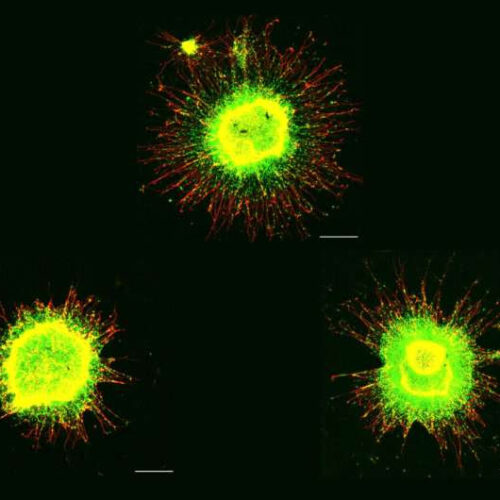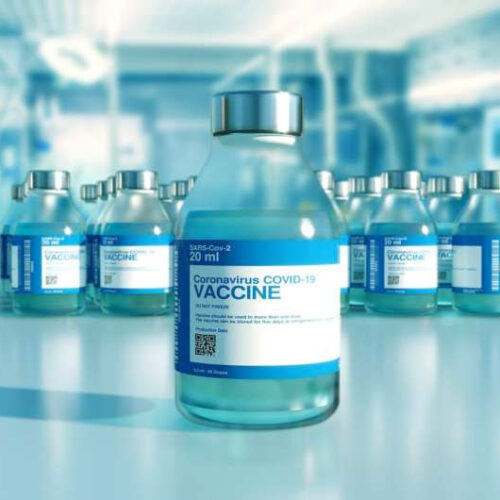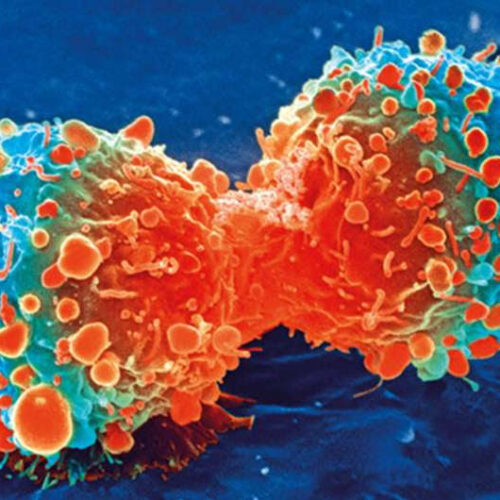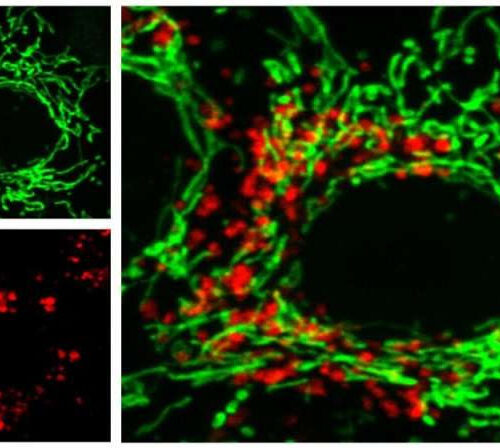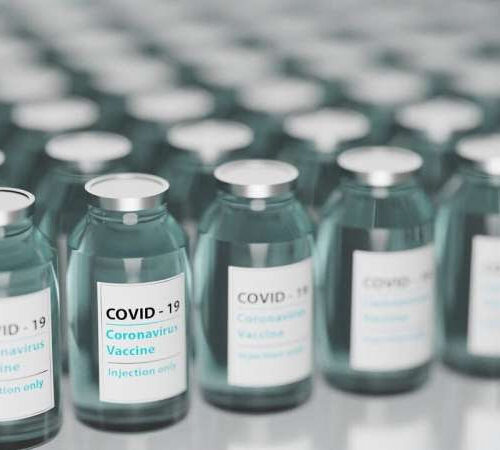by NIH/Eunice Kennedy Shriver National Institute of Child Health and Human Development Credit: Unsplash/CC0 Public Domain Women receiving one dose of a COVID-19 vaccine during a single menstrual cycle had an increase in cycle length of nearly one day, compared to unvaccinated women, according to a study funded by the National Institutes of Health. The...
In Down syndrome cells, genome-wide disruptions mimic a senescence-like state
by Massachusetts Institute of Technology Neural progenitor cells with the typical number of chromosomes show significant outward migration in culture (top). The culture in the bottom left shows untreated trisomy 21 cells. On the bottom right are cells treated with anti-senescence drugs, which restored migration. Credit: Alana Down Syndrome Center at MIT In Down syndrome,...
Can a human microglial atlas guide brain disorder research?
by The Mount Sinai Hospital Researchers at the Icahn School of Medicine at Mount Sinai analyzed the genetic activity of thousands human microglia, the brain’s immune cells. Their results support the idea that microglia may play critical roles some brain disease. Credit: Raj and de Witte labs, Mount Sinai, N.Y., N.Y. Certain subtle differences in...
People are receiving unapproved extra COVID-19 vaccine doses. Is it a problem?
by Tanner Stening, Northeastern University Credit: Pixabay/CC0 Public Domain For many immunocompromised people, the COVID-19 pandemic has been a living nightmare—and the omicron variant may make life even more unsettling. Authorities and drug manufacturers alike have warned that the protection conferred from being fully vaccinated may not be sufficient to ward off the omicron variant in certain...
Sorting cancers by ‘immune archetypes’ represents potential new approach to developing precision immunotherapies
by University of California, San Francisco Cancer cell during cell division. Credit: National Institutes of Health Using data from over 300 patient tumors, UCSF researchers have described 12 classes of “immune archetypes” to classify cancer tumors. Their findings, published this week in Cell, reveal that cancers from different parts of the body are immunologically similar to...
Identifying a new target for treating schistosomiasis
by Medical College of Wisconsin Credit: Pixabay/CC0 Public Domain Neglected tropical diseases (NTDs) represent a group of about 20 conditions that affect more than a billion people worldwide. They are diseases of poverty that impact people living in the poorest communities in terms of wealth, infrastructure, and access to sanitation. They take health away; and...
A new method for treating Alzheimer’s disease
by Thomas Olafsen and Elin Doeland, University of Oslo The green colors show healthy mitochondria while the red ones are damaged mitochondria undergoing “clearance” by mitophagy. Credit: Xu-xu Zhuang One in six Norwegians over 80 is affected by Alzheimer’s disease. Numbers are even higher worldwide, and there is still no cure available. Researchers at the...
How common nutritional supplements may protect against traumatic brain injuries in sports
by Max Esterhuizen, Virginia Tech Credit: Pixabay/CC0 Public Domain The pouring rain and blustery wind gusts are brutal. The crowd is bone-chillingly cold, but they don’t care. Their favorite football team is on the field. Suddenly, a player turns up the tempo, plowing full force into the opponent. Cheers erupt in the stands. The player...
Booster dose of mRNA COVID-19 vaccine required for immune protection against Omicron variant of SARS-CoV-2, says study
by Massachusetts General Hospital Credit: Pixabay/CC0 Public Domain An additional “booster” dose of Moderna or Pfizer mRNA-based vaccine is needed to provide immunity against the Omicron variant of SARS-CoV-2, the virus that causes COVID-19, according to a study by researchers at the Ragon Institute of MGH, MIT, and Harvard. The results of this study, reported...
Running could improve brain function in people with Gulf War illness
by Jordan Newman, Texas A&M University Credit: Pixabay/CC0 Public Domain It has now been three decades since 700,000 American troops responded to the invasion of Kuwait in the first Gulf War, and more than a third of those troops still suffer from the same condition: Gulf War Illness (GWI). Previously labeled Gulf War syndrome, GWI...


